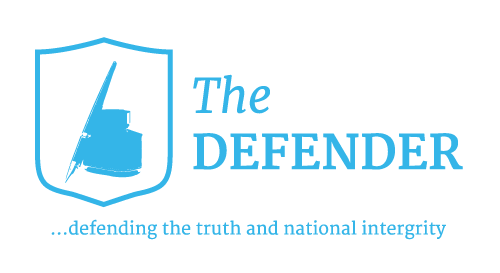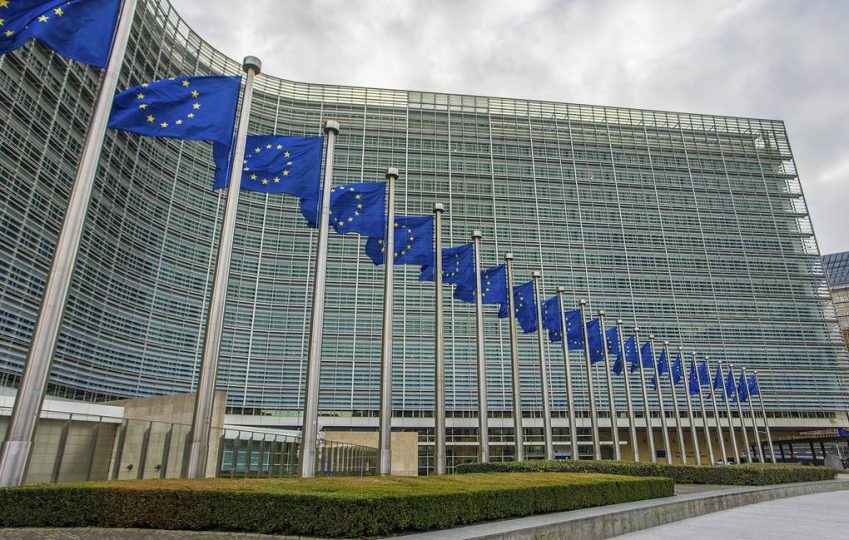The European Union is preparing to sanction Iran for supplying Russia with drones used to strike targets in Ukraine, according to two E.U. diplomats, in yet another sign of deteriorating ties between Brussels and Tehran.
E.U. officials have worked up a list of individuals and entities to target, and have an eye toward having the measures formally adopted Thursday. The new penalties would come less than a week after the bloc imposed sanctions on Iran’s “morality police” and information minister over the country’s recent crackdown on protesters.
With attacks ongoing, there is broad support for the sanctions, the diplomats said, despite some fears that taking a tough stand could push Tehran closer to Moscow or further diminish hopes of resurrecting the 2015 Iran nuclear deal. Iran has denied it is supplying Russia with drones for use in Ukraine.
Closer ties between Russia and Iran, two economically and politically isolated authoritarian countries at odds with the West, could have profound implications for the United States and its allies.
One immediate effect has been calls for Israel to do more to support Ukraine. Ukrainian officials have asked Israel for air defense assistance. Defense Minister Benny Gantz said Wednesday that Israel will not send weapons. “The policy towards Ukraine will not change. We will continue to support it and stand by the West. We will not supply weapons,” he said.
Evidence of Iran’s efforts to supply Russia has been growing since the summer. U.S. officials warned in July that Iran planned to deliver drones to Russia and then, in August, Iran sent a shipment of combat drones to Russia for use in Ukraine.
At a meeting last week, senior NATO and Western officials confirmed that Russia was using Iranian-made drones to hit Ukrainian targets. NATO Secretary General Jens Stoltenberg announced the alliance would send drone-jamming equipment to Ukraine.
On Sunday, The Washington Post reported that Iran strengthened its commitment to supply arms for Russia’s assault on Ukraine, secretly agreeing to send not only attack drones but also surface-to-surface missiles intended for use against Ukrainian cities and troop positions.
An intelligence assessment shared with Ukrainian and U.S. officials contends that Iran’s weapons industry is preparing two Iranian short-range ballistic missiles, known as Fateh-110 and Zolfaghar missiles, The Post reported.
But it was the photographs and videos of drones divebombing the Ukrainian capital on Monday that appeared to galvanize E.U. support for additional measures.
“We are following very closely the use of these drones, we are gathering evidence, and we will be ready to react with the tools at our disposal,” Josep Borrell, the E.U.’s foreign policy chief, said at a news conference Monday.
Some European officials have rolled their eyes at the E.U.’s pace. “If Iran walks like a duck, talks like a duck and admits to supplying drones to the biggest duck in the world then I think we have enough evidence to say that Iran is a duck,” tweeted Lithuanian Foreign Minister Gabrielius Landsbergis on Tuesday. “Let’s sanction the duck out of them.”
Ellie Geranmayeh, deputy director of the Middle East and North Africa program at the European Council on Foreign Relations, said this round of E.U. sanctions on Iran would not be a major economic hit, but would carry a message vis-a-vis the nuclear deal.
The message is, “if they are engaged in a war in Europe, don’t expect the Europeans to be opening its market for you,” she said.
This E.U. decision on sanctions does not signal the end of the nuclear deal, she said. “The E.U. is showing they can chew gum and walk at the same time.”
Ukrainian Foreign Minister Dmytro Kuleba said he suggested to President Volodymyr Zelensky that Kyiv break off diplomatic ties with Tehran in light of the drone attacks.
The drones that Western officials say Russia is using in Ukraine are known as Shahed-136s. They are used to strike specific targets with explosives and have a range of up to 1,500 miles. They are known as “kamikaze” drones because they do not use weapons to attack a target — they are the weapon and do not survive the attack.
Moscow was well-stocked with precision-guided missiles and rockets at the outset of the war, but U.S. and European officials say its stockpile has been dramatically reduced.
A Western official, speaking on the condition of anonymity to brief news organizations, assessed that Russia had “hundreds” of the Iranian drones and will make heavy use of them in the days and weeks ahead.
“I think it is reasonable to note that the Russians are looking to supplement their existing stock with weapons that have, to some degree, a similar effect,” the official said.
One question is how well Ukrainian forces will be able to respond, particularly whether the drone-jamming equipment NATO is sending will make a difference.
“Both sides will be trying to gain an advantage through jamming,” the official said.
SOURCE: WASHINGTON POST (With the exception of headline)




